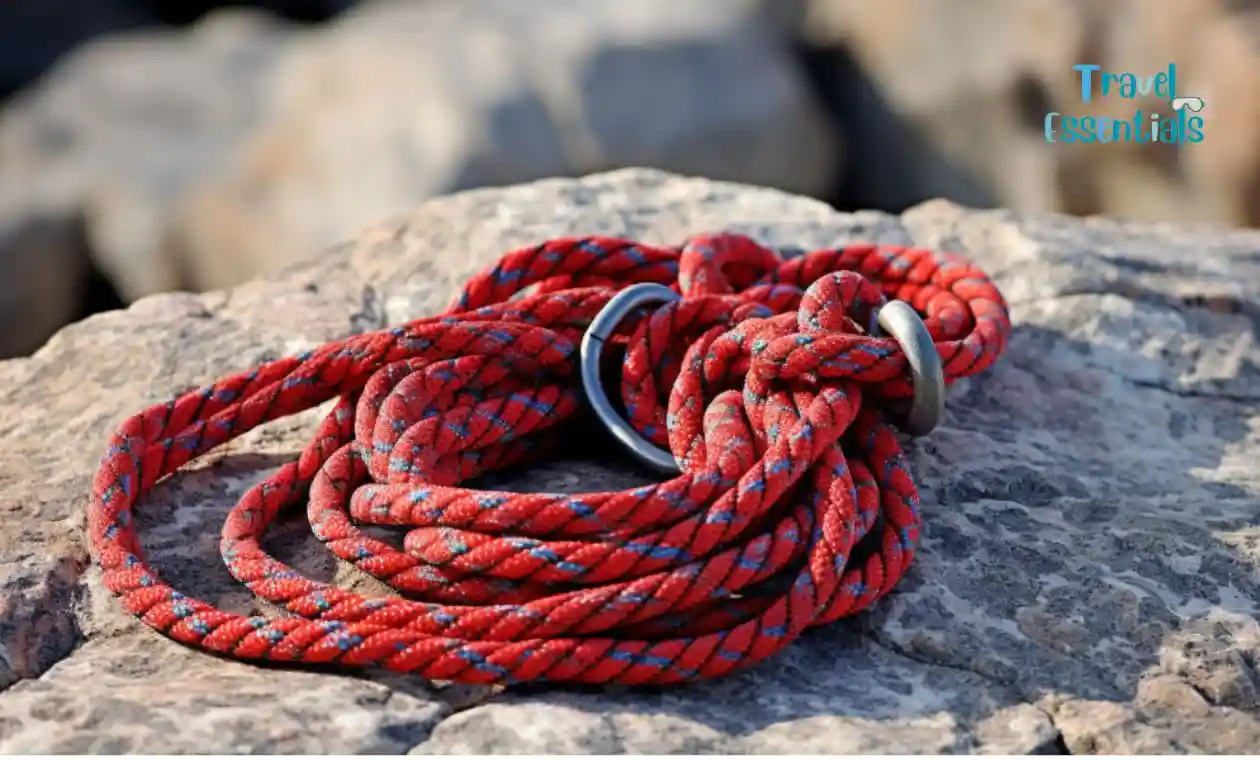
Dressing properly for skiing is crucial to ensuring that you stay warm and comfortable on the slopes. Whether you’re a seasoned skier or a beginner, the right attire can make all the difference in your skiing experience. From base layers to outerwear, let’s explore how to dress for skiing and stay warm in the winter sports attire.
Key Takeaways:
- Layering is key for staying warm in cold weather.
- Invest in high-quality ski clothing and gear.
- Don’t forget to accessorize with essential items like helmets and goggles.
- Apply sunscreen and lip screen for sun protection.
- Properly fitting ski boots and gloves are important for warmth and comfort.
Layer Up for Maximum Warmth
When it comes to staying warm while skiing, layering is the secret to comfort on the slopes. The right combination of ski layers can help regulate your body temperature, keep you dry, and provide insulation against the cold. Let’s take a closer look at the key components of effective ski layering.
Base Layer
The base layer is the foundation of your ski attire. It sits closest to your skin and is responsible for moisture management. Invest in a high-quality base layer made of Merino wool or synthetic fabric. These materials have excellent moisture-wicking properties, ensuring that sweat and moisture are pulled away from your skin, keeping you dry and comfortable throughout your ski day.
Midlayer
The midlayer is your second line of defense against the cold. Depending on the weather conditions, choose a lightweight fleece or down midlayer that provides extra insulation. The midlayer helps trap and retain body heat, keeping you warm when the temperatures drop. Make sure the midlayer fits comfortably under your ski shell and allows for freedom of movement.
Ski Shell and Ski Pant
Your ski shell and ski pant combination should offer protection against wind and moisture. Look for a ski shell that is both waterproof and breathable. This ensures that you stay dry while skiing and allows excess heat and moisture to escape, preventing you from feeling clammy or overheated. Pair your ski shell with ski pants that are either insulated or focus on wearing a warm baselayer. A combination of a quality ski shell and a suitable baselayer will keep you cozy on the slopes.
Remember to choose ski pants that offer a comfortable fit and allow for a wide range of motion. Ensure that the waist, leg cuffs, and suspenders (if applicable) are adjustable for a personalized fit. This will prevent snow from entering your pants and keep you dry throughout your ski adventure.
Incorporating these essential ski layering techniques will help you maintain maximum warmth without compromising on mobility. Layering not only keeps you comfortable but also allows you to adjust your clothing according to changing weather conditions. So, be prepared and stay warm on the slopes!
Choose the Right Gear for Warmth
Selecting the right gear is essential for staying warm while skiing. A high-quality ski jacket is a must-have to keep you insulated and protected from the wind. Look for jackets with built-in insulation and wind-resistant materials to ensure maximum warmth.
Pair your ski jacket with the right ski pants to complete your outfit. Consider pants that offer insulation and wind resistance or focus on wearing a warm baselayer underneath. This will help to keep your lower body warm and comfortable throughout your ski adventure.
When it comes to keeping your feet warm, investing in proper ski socks is crucial. Opt for ski socks made of merino wool for excellent moisture-wicking properties and added warmth. These socks will keep your feet dry and insulated, ensuring that you can fully enjoy your time on the slopes.
Your choice of ski boots also plays a vital role in keeping your feet warm. Make sure your boots fit properly to allow for good circulation and warmth. Ill-fitting boots can restrict blood flow and lead to cold feet, so take the time to find the right size and fit for optimal comfort.
Don’t forget about your hands! Invest in a pair of high-quality, insulated ski gloves to keep your fingers nice and toasty. Look for gloves specifically designed for skiing, with features like waterproof exteriors and moisture-wicking linings. If you find that gloves alone aren’t enough, consider using hand warmers for added heat.
For extra warmth in your boots, consider using foot warmers to keep your toes nice and cozy. These small heating pads can be easily inserted into your boots to provide continuous warmth throughout your ski day.
Remember, if you find that your fingers tend to get colder easily, opting for mittens instead of gloves can provide better insulation. Mittens keep your fingers together, allowing them to share warmth and stay warmer for longer.
By choosing the right gear, including a top-quality ski jacket, ski pants, ski socks, ski boots, ski gloves, hand warmers, and foot warmers, you can ensure that you stay warm and comfortable while conquering the slopes.
Stay Cozy with Proper Accessories
Don’t forget to accessorize properly for maximum warmth and comfort on the slopes. When it comes to head protection, wear a comfortable and properly fitting ski helmet to protect your head from potential injuries. Safety should always be your top priority.
Next, choose goggles that fit well with your helmet. Not only do goggles shield your eyes from wind, debris, and harsh glare, but they also keep cold air off your face and forehead, ensuring a more enjoyable skiing experience.
For additional warmth and to prevent cold air from going down your neck, use a neck gator. These versatile accessories are designed to provide extra insulation and can be easily adjusted to your desired comfort level.
To keep your head warm, wear a snug-fitting hat over your helmet. The hat will provide an additional layer of insulation while ensuring a stylish look on the slopes.
Sun protection is paramount when skiing. To shield your skin from the sun’s harmful rays reflecting off the snow, apply sunscreen and lip screen before hitting the slopes. This will help prevent sunburns and chapped lips while enjoying the beautiful winter scenery.
Conclusion
Dressing appropriately for skiing is crucial to ensure that you stay warm and comfortable on the slopes. By following the right ski dressing tips, you can enjoy a cozy and stylish experience while staying warm during your winter sports adventures.
Layering is key when it comes to staying warm on the slopes. Start with moisture-wicking base layers, such as Merino wool or synthetic fabrics, to keep moisture away from your body. Add insulating midlayers like wool turtle necks or fleeces for extra warmth. Don’t forget to wear an insulated and wind-resistant ski jacket and pants to keep the heat in and protect yourself from the elements.
In addition to layering, choosing the right gear is essential for staying warm while skiing. Invest in high-quality ski boots, gloves, and socks made of merino wool for optimal warmth and comfort. Don’t forget to accessorize with a helmet, goggles, neck gators, hats, and sun protection to stay safe and shielded from the sun’s rays reflecting off the snow.
By following these ski dressing tips and selecting the right gear, you’ll be well-prepared to stay warm on the slopes and make the most of your skiing experience. So, grab your ski clothing, gear up, and enjoy the thrill of the mountains without worrying about the cold!


